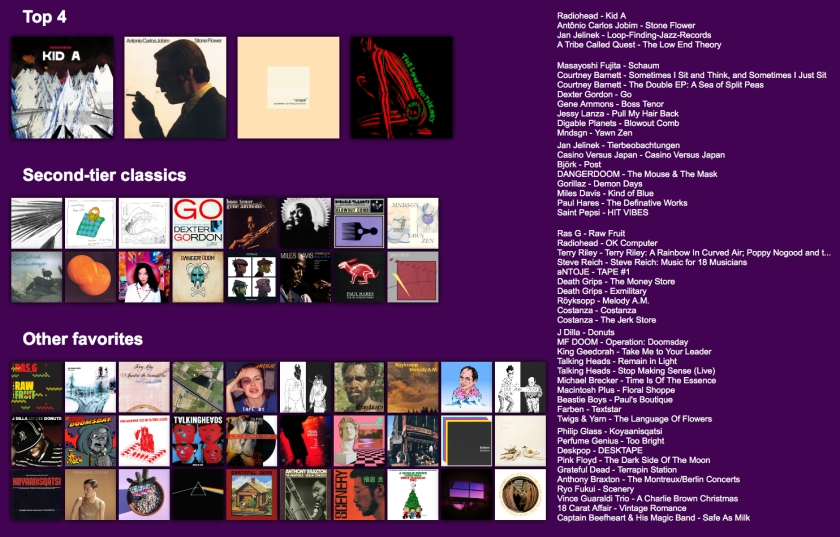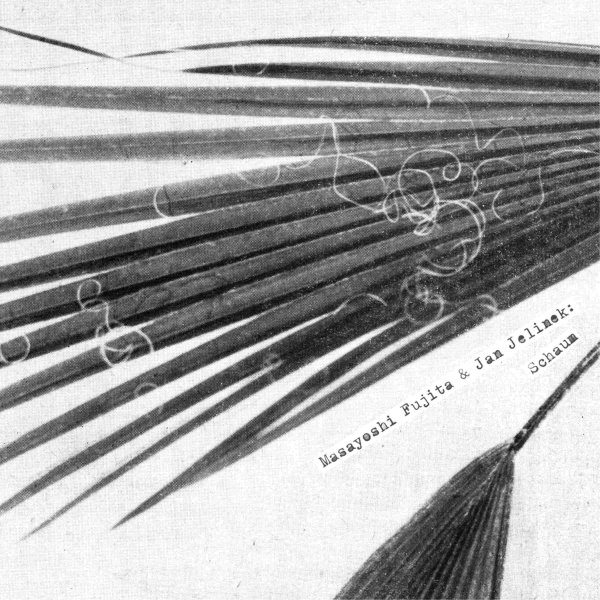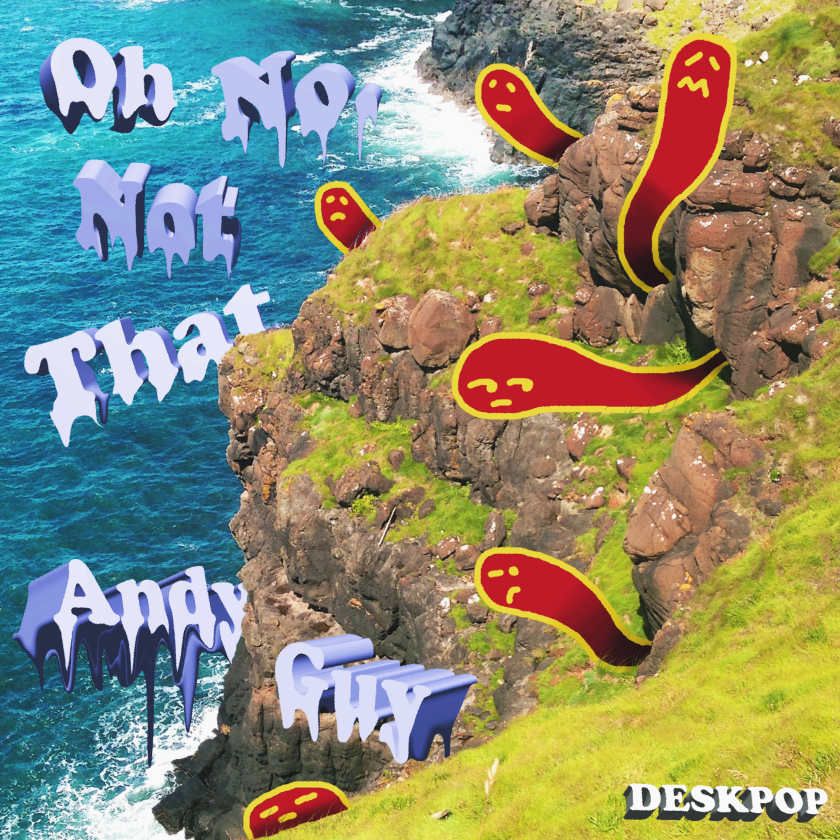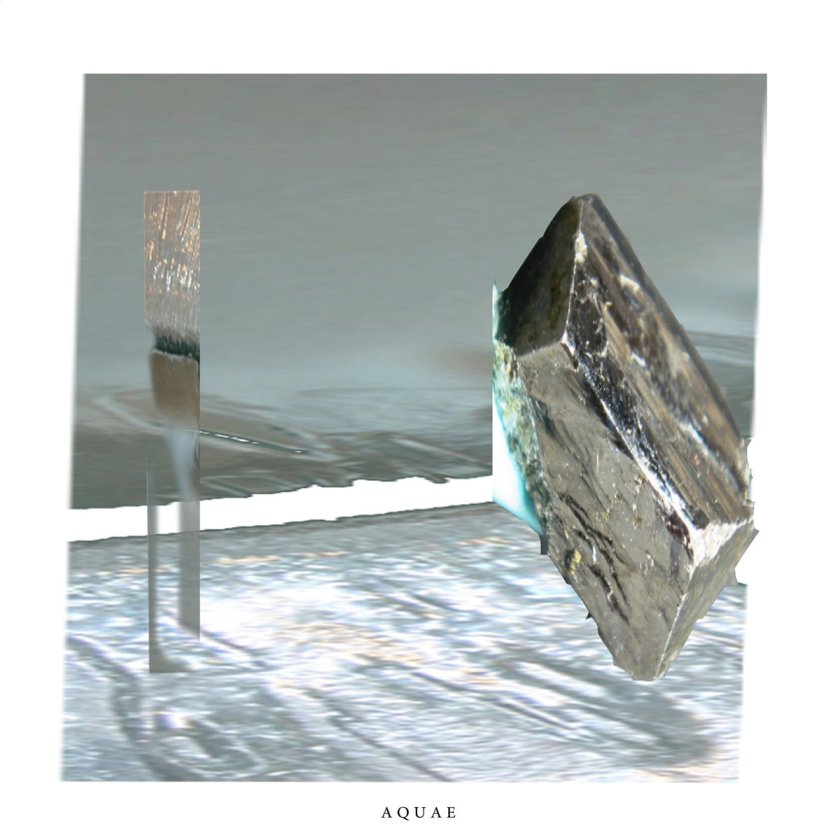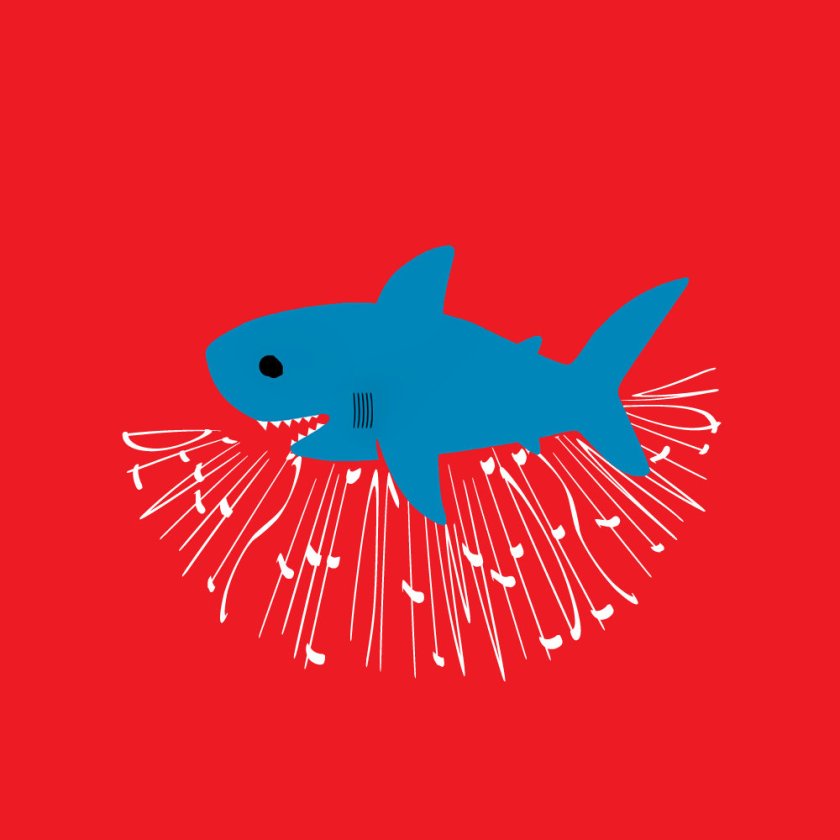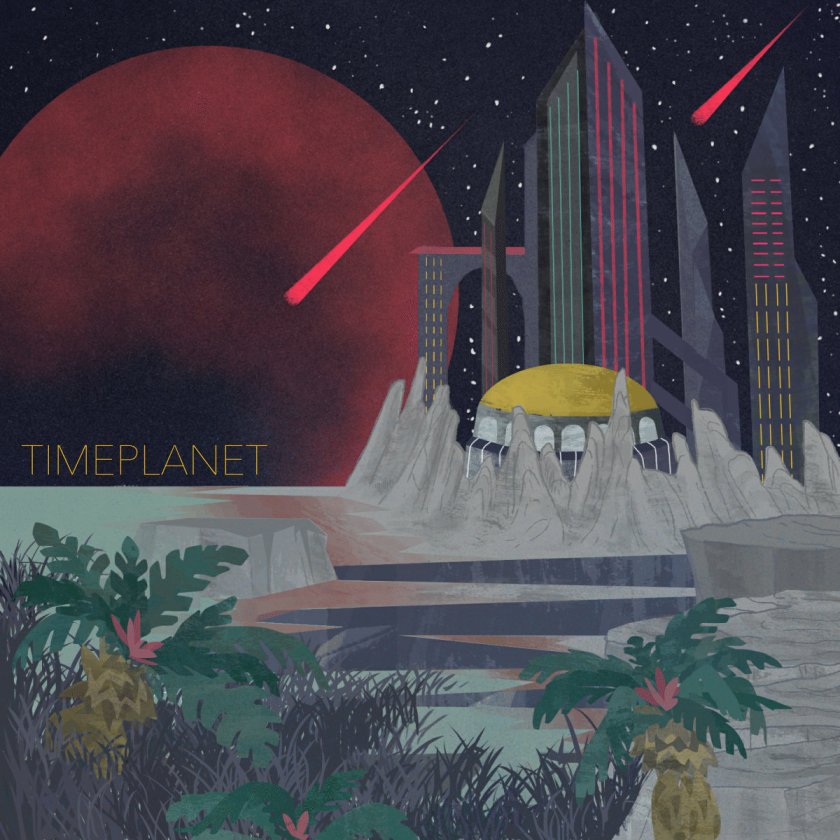
~ fleeting moments ~ is the latest project from DESKPOP, whose creativity shines on compilations like these. To see what I mean, check out DESKTAPE, Summer Solstice (with Galaxy Swim Team), and most recently, CURSED TOGETHER (with Fright House).
DESKPOP’s formula works for a couple of reasons. Artists that release EPs and albums on the label are given creative freedom on their solo projects. For compilations, however, the key to success lies in their carefully curated track order and unified theme.
As the name suggests, ~ fleeting moments ~ is about impermanence, as each song is less than two minutes long. With summer coming to a close, the timing of this release couldn’t be more appropriate. Like their previous compilations, ~ fleeting moments ~ is available on a small USB card, a medium that suits the label perfectly. Their first compilation, 2015’s DESKTAPE, was branded with the slogan “SLIP IT IN YOUR WALLET OR PURSE / DELETE OUR MUSIC / PUT YOUR OWN MUSIC ON IT / YOU DECIDE WHAT REPLACES US.” The fact that the label encourages people to rewrite the USB card with their own media reveals that impermanence has been woven into DESKPOP’s legacy from the beginning.
A few DESKPOP regulars make appearances: SHADY ☆ MONK, RoBKTA, Space Candy, nelward, alongside many new faces. Those that have been with the label for a while show considerable growth in their work, and the newcomers aren’t too far behind.
One name I’m pleasantly surprised to see is Graham Kartna, who starts the compilation off with “Morning.” Kartna’s style has changed quite a bit since his previous releases; he’s moved away from his usual lo-fi MIDI sound in favor of something more upbeat and poppy. To start off ~fleeting moments~, Kartna layers filtered vocals atop a slew of digital instruments. The instruments and sounds change rapidly; 8-bit leads and blips trade places with honkey-tonk pianos, quick camera shutters, meows, and laughs.
leon’s “frog summer,” is beyond cute. To start things off, tiny bells play a bite-sized rendition of “Westminster Chimes” with summer evening frogs and crickets as company. Soon after, more and more SNES-like synths emerge from the ambiance and began to chime in. Once all of the new sounds have settled in, the track sounds like a cozy K.K. Slider instrumental.
“CHERRYVANILLA” stands out as one of the most memorable tracks. Its loud, wonky bass loop and saccharine-soaked vocals make for a sweet, twisted pair. The track opens with flying sparks, gears, and fizz before giving way to the warped bass pattern that makes up the song’s core. The vocals straddle the boundaries between singing and speaking and are spouted with the same inflections as kid’s rhymes (i.e., “Bubble gum, bubble gum, in a dish,” et al), but with a darker tone and grimier lyrics.
It’s really nice see how much DESKPOP has done in the past few years. They output material on a regular basis and are consistently getting better and better. I used to think that compilations were nothing more than glorified playlists and that they were reserved for ‘best of’ lists with no cohesion or continuity. With their fourth compilation under their belt, DESKPOP has proven that proper artistic direction and the right group of musicians go a long way.
Favorite Track: “Morning” – Graham Kartna
